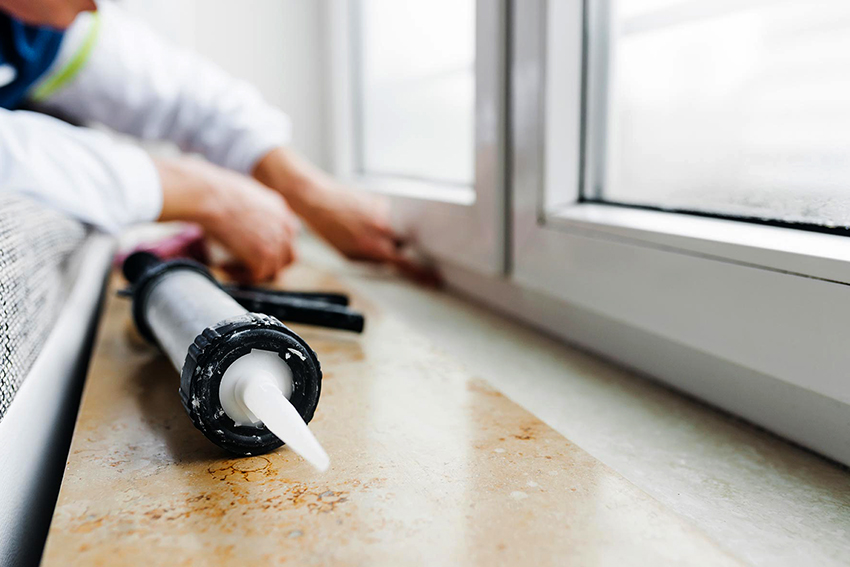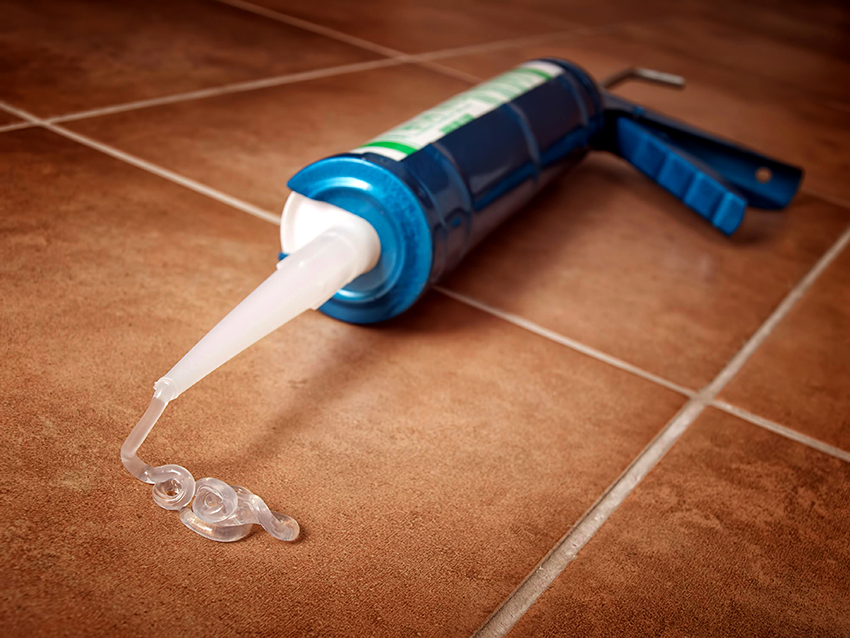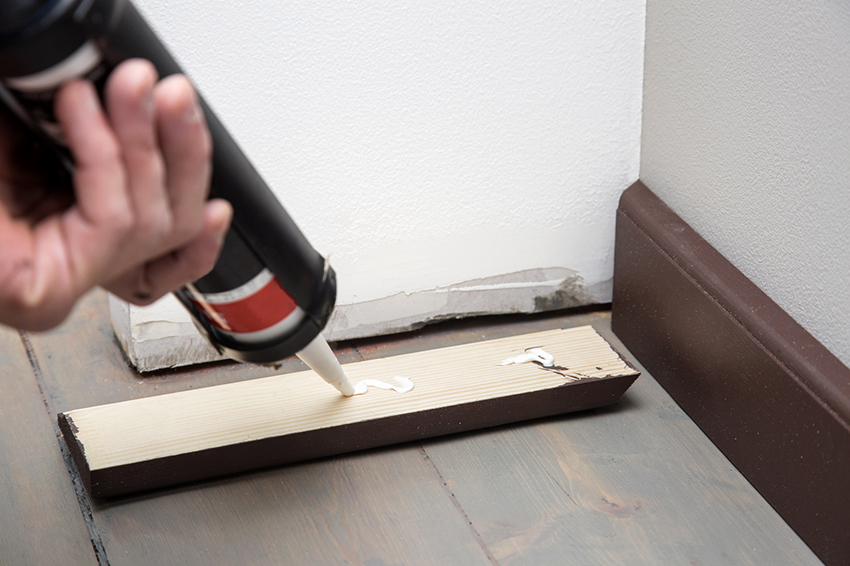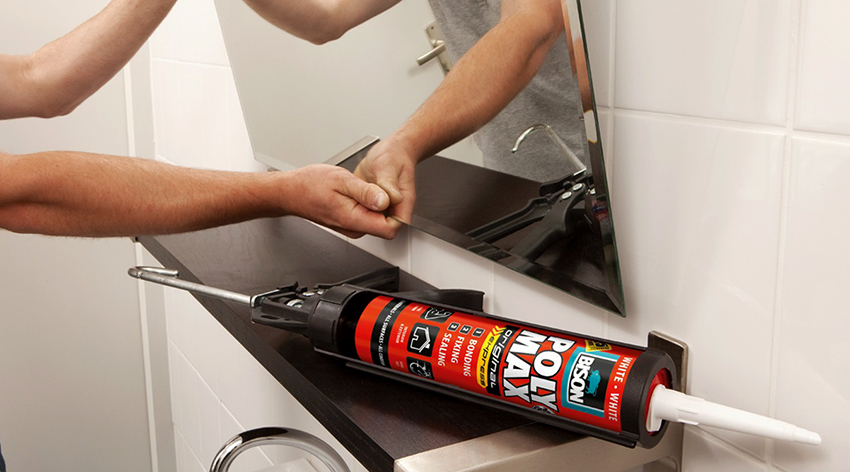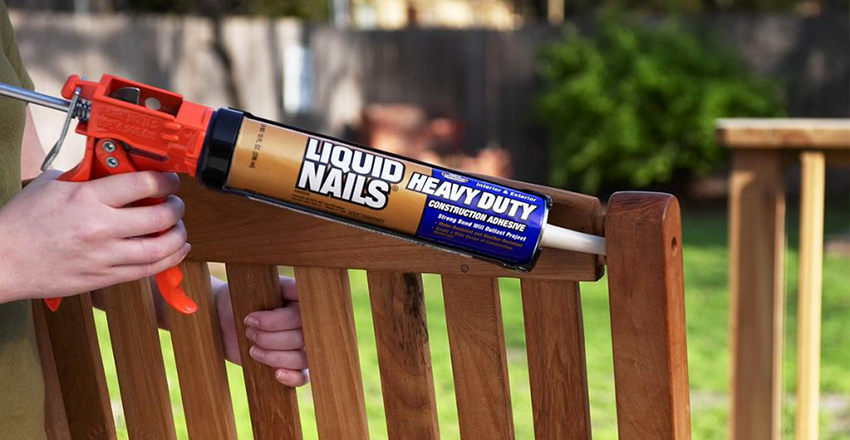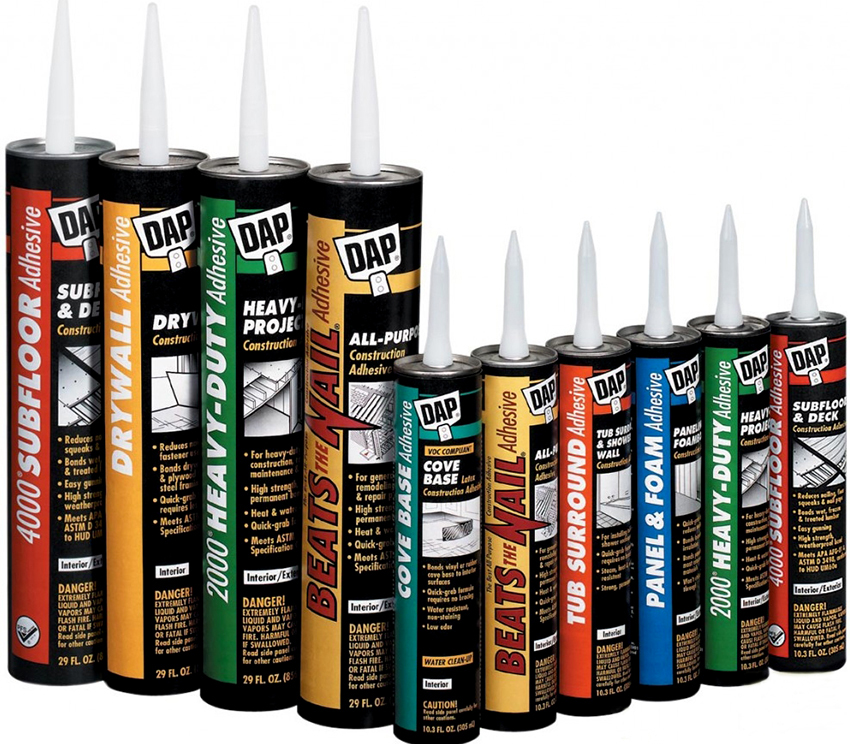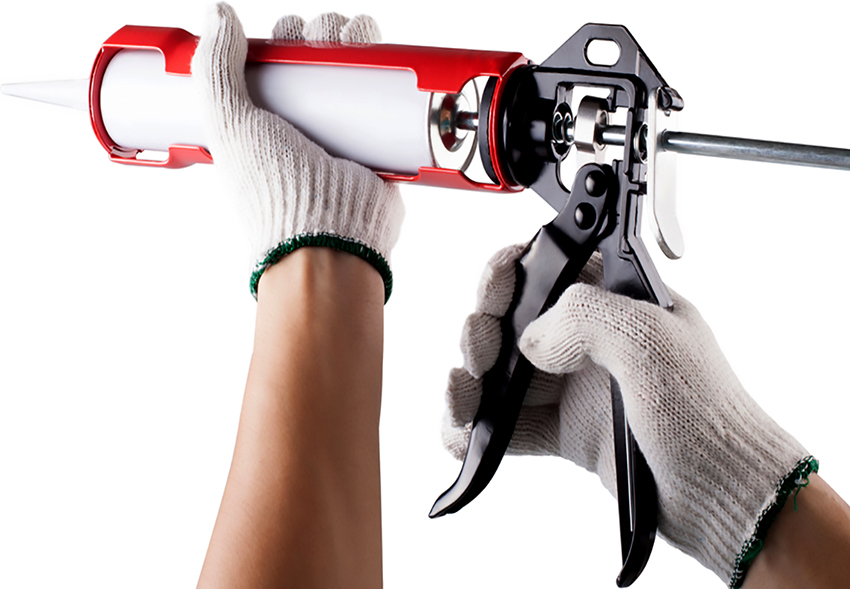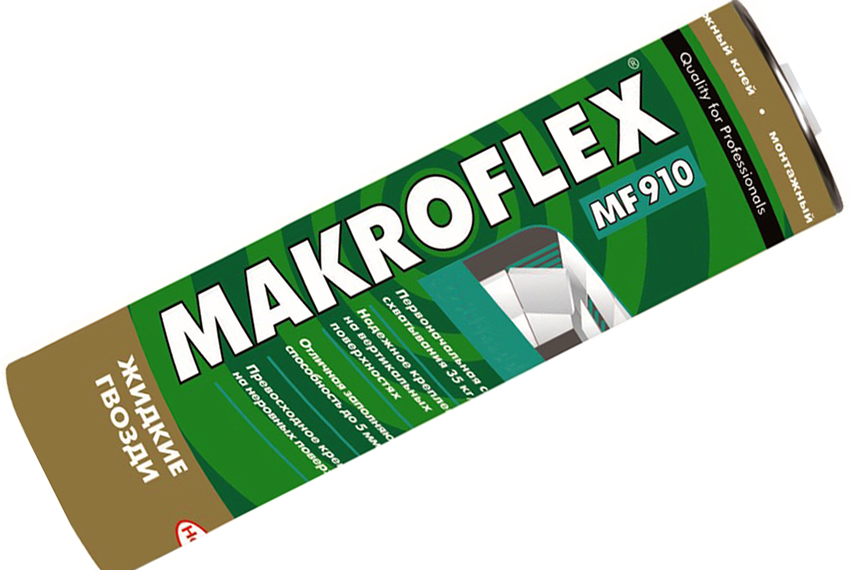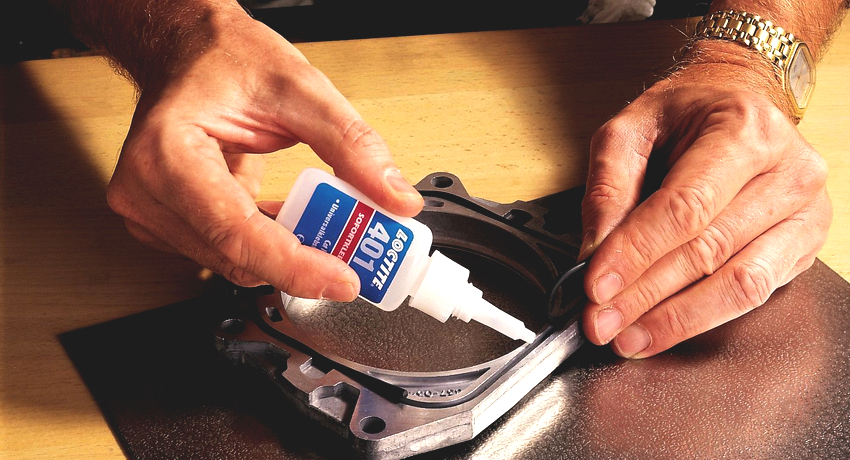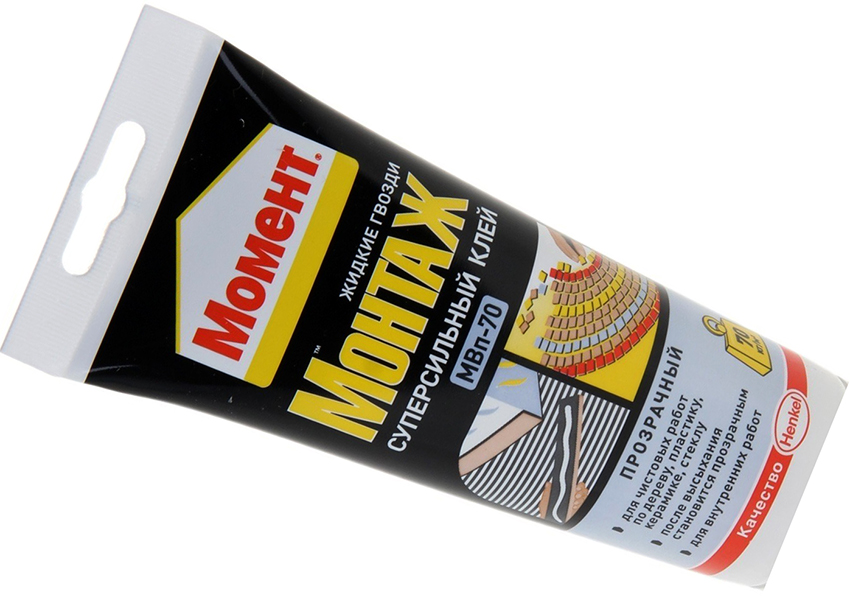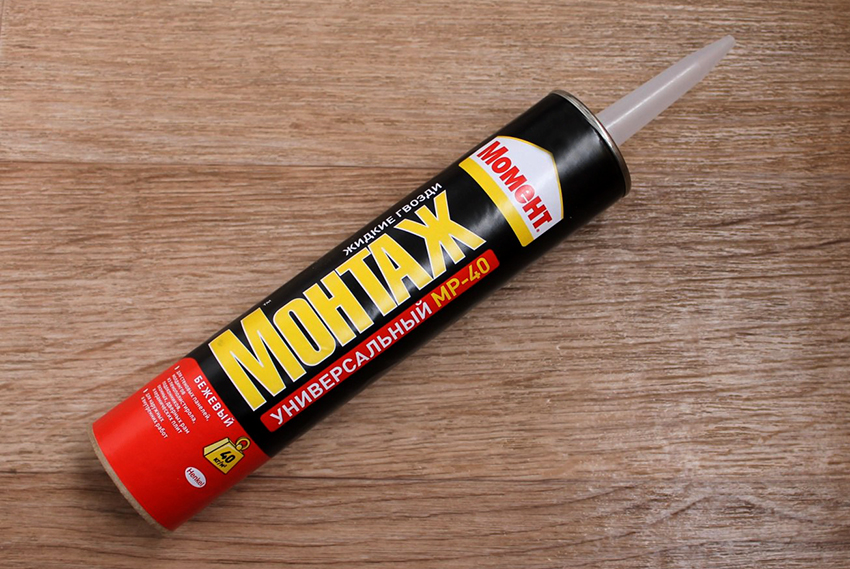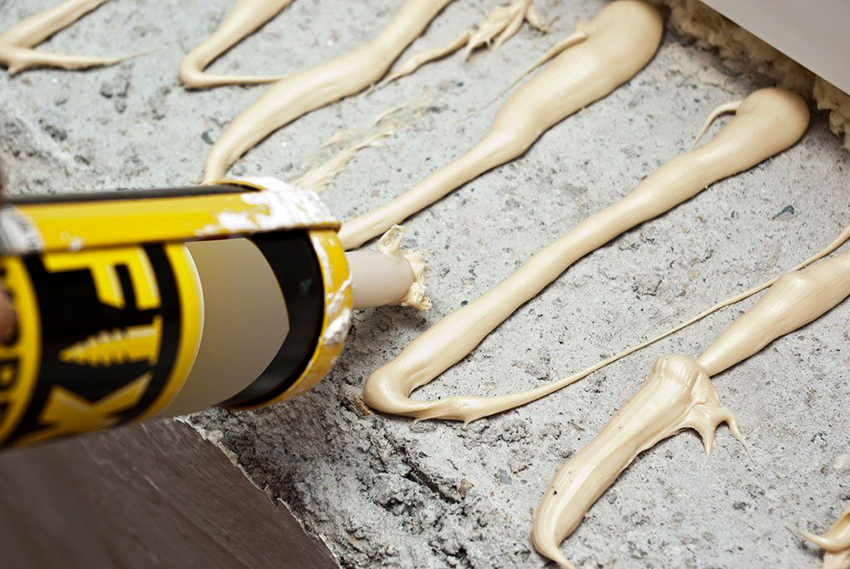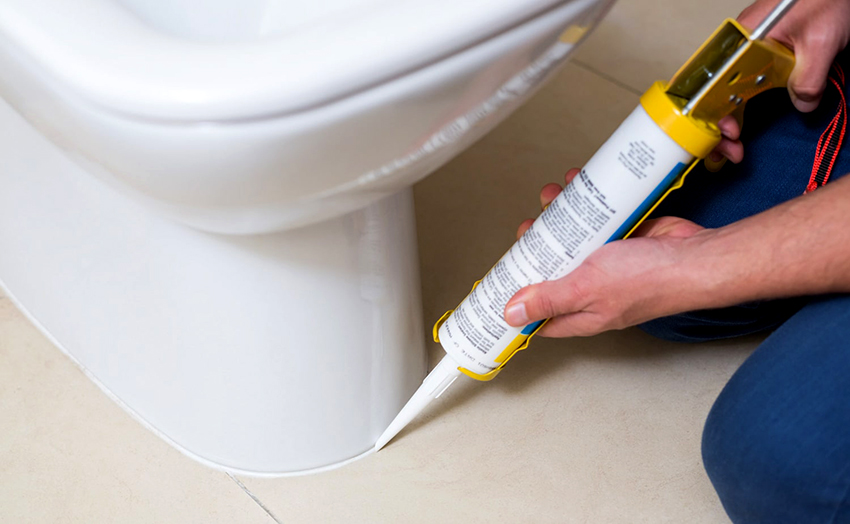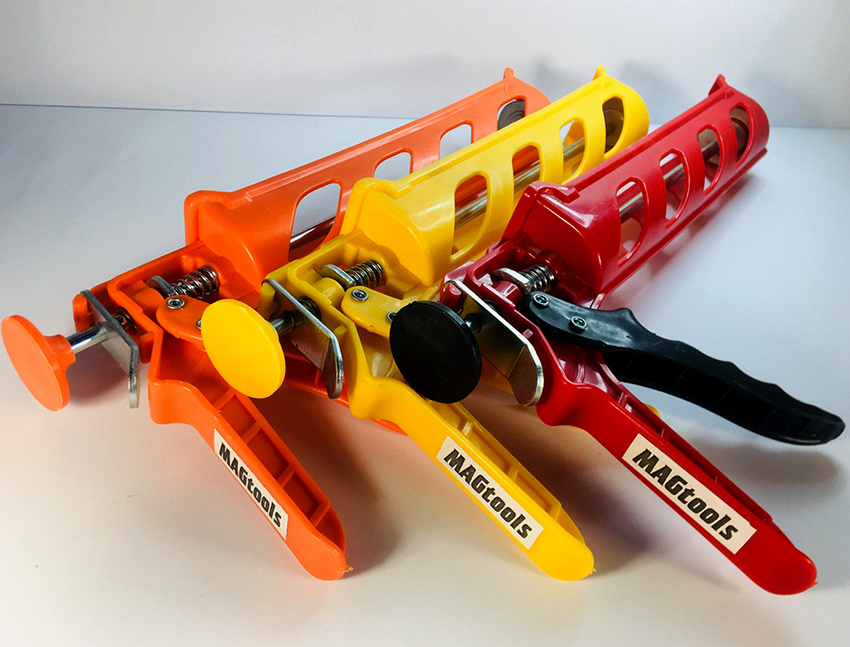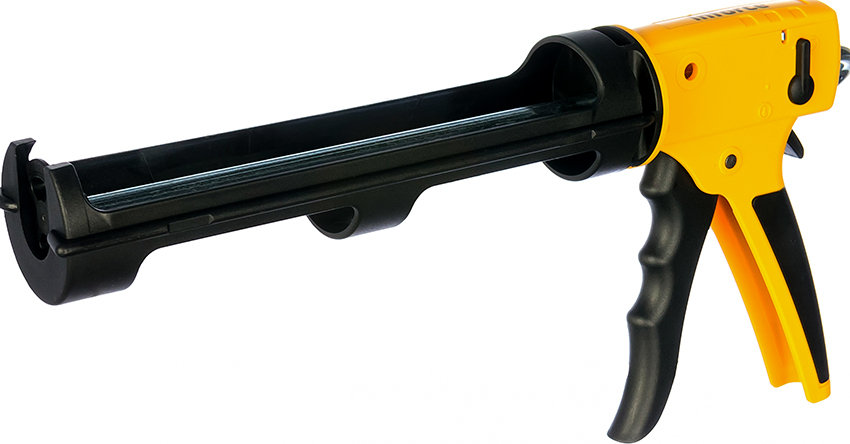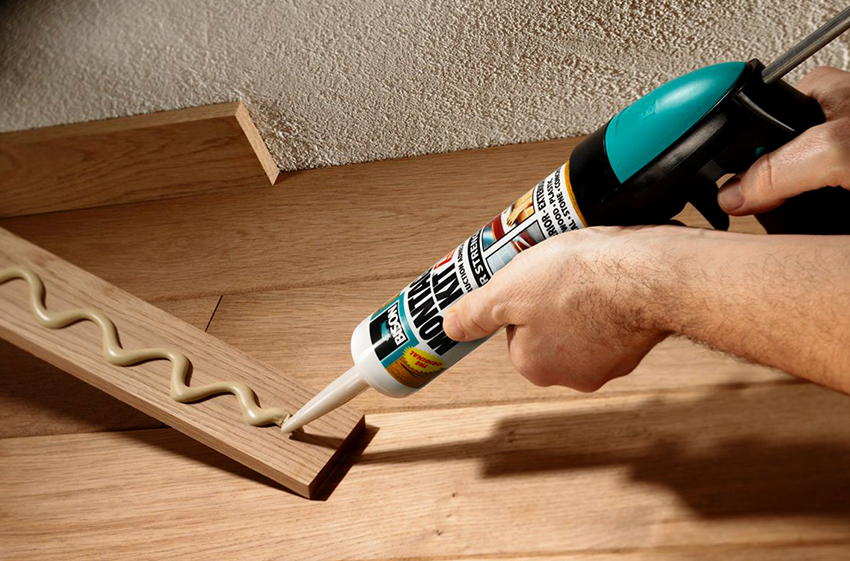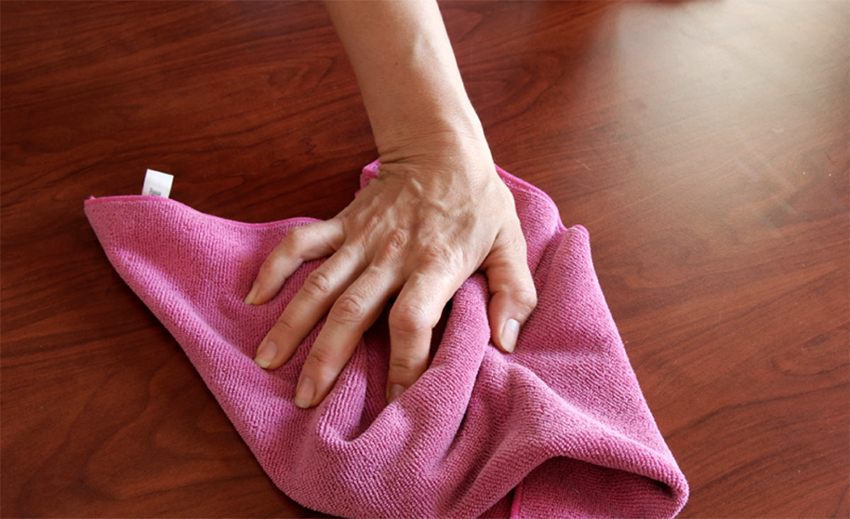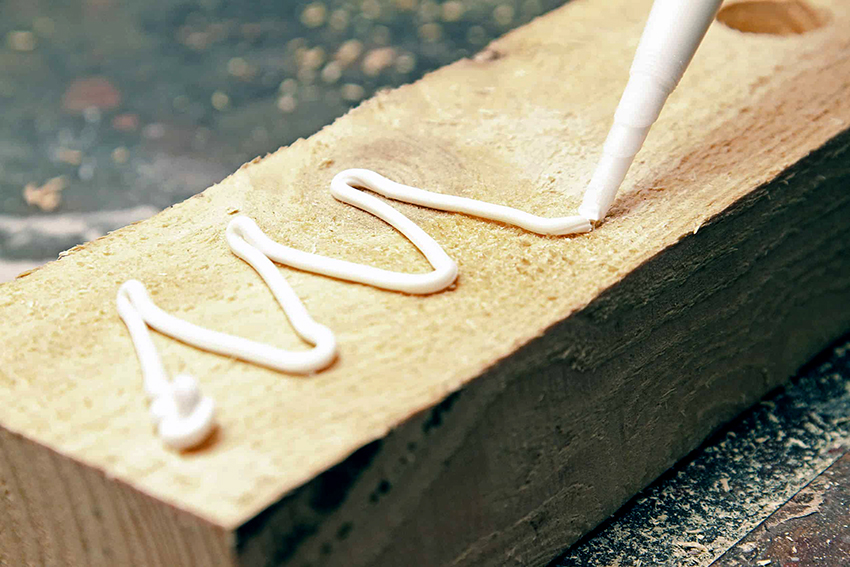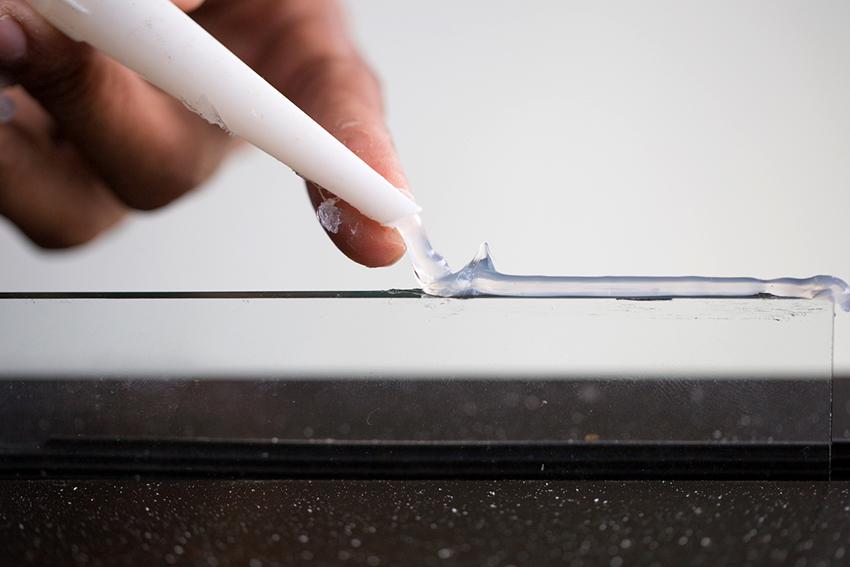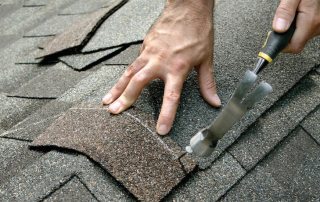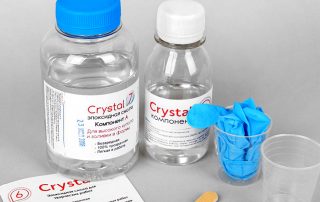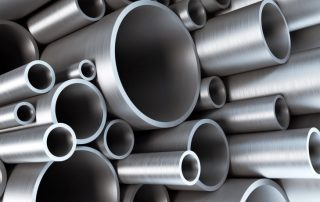From this article you can find out what liquid nails are: how to use glue at home, application technologies in different ways, types and properties of formulations. In addition, the text contains useful information about the best narrow-purpose means used to fix objects made of wood, expanded polystyrene, metal, plastic, ceramic tiles, concrete, mirrors and foam.
Content
- 1 What are liquid nails and what is their scope
- 2 Liquid nails: what can be glued with them and which brands are better
- 2.1 Overview of liquid nails for tiles and plastic, designed for extra strong installation
- 2.2 Characteristics of liquid nails for Kraftool KN-915 plastic
- 2.3 Features of liquid nails for wood Makroflex MF910
- 2.4 Advantages and Disadvantages of Liquid Nails Moment Mounting for Mirrors
- 2.5 Super Strong Liquid Nails Moment Installation for Foam
- 2.6 Which liquid nails are best for concrete, metal and expanded polystyrene
- 3 Liquid nail technology: instructions for using the gun
- 4 Instructions for using liquid nails without a gun
What are liquid nails and what is their scope
Liquid nails are a kind of very good construction glue. These are multi-component formulations with excellent adhesion properties. Even a small drop of such a product can withstand heavy loads. Depending on the variety, the strength characteristics of the composition vary in the range of 12-80 kg / m². The very concept of "liquid nails" appeared in the middle of the XX century, when the American company "Macco" began to produce glue in the form of cartridges.
Scope of adhesives:
- repair work;
- construction;
- finishing facilities;
- manufacturing of furniture and interior items;
- design of premises.
The area of application of the glue is quite wide, so manufacturers produce many types of formulations for different working conditions. The price of liquid nails depends on their type, properties and characteristics. The most important indicator is the degree of bond strength. How much liquid nails cost will ultimately depend on the adhesive ability and quality of the composition itself.
Helpful advice! When buying glue in a store, be sure to consider what kind of stress the connection will be subjected to, and take into account the type of material that needs to be bonded.If you need a composition for performing elementary work, you should not buy an expensive tool.
What are nails: what are the components of the glue
Liquid nails have the appearance of a viscous mass. This consistency is provided by an organic or water based solvent. In the production of glue, synthetic rubber and additives of polymer origin (macromolecule consisting of acrylic monomers, polyurethane, polyvinyl acetate) are used. Clay acts as a filler. For the production of liquid nails, a special grade is used that has good plasticity.
Sometimes ordinary chalk is used instead of clay. This material is not only used as a filler, but also gives the composition a white color. According to the classical technology of making glue from clay, this shade is obtained using titanium oxide. Liquid nails with the addition of chalk are considered inferior.
Previously, toluene was present in the composition of this glue, which increased the adhesion properties of the assembly glue. To shorten the drying time, manufacturers also used acetone. These substances are toxic and harmful to humans, so their use was soon abandoned.
However, some manufacturers still use acetone and toluene to reduce the cost of their products. It is very easy to recognize such glue. It has an unpleasant odor. In addition, a suspiciously low price can serve as an indicator. Due to the high toxicity, it is strictly forbidden to use liquid nails with toluene or acetone indoors.
Advantages of using liquid nails for gluing materials
Convenient packaging and unique composition have provided liquid nails with a lot of advantages, so they are in high demand. These formulations are ideal for both home and professional use.
Advantages of liquid nails:
- high strength of joints;
- excellent adhesion properties allow you to glue tiles, baseboards, mirrors and other materials to liquid nails;
- simple system of use;
- the connection is obtained of high quality not only when gluing flat surfaces, but also in cases where the materials do not fit tightly;
- thanks to liquid nails, installation on curved surfaces is easy;
- the adhesive, unlike conventional fasteners, does not damage the treated surface, does not violate its integrity;
- the composition is not afraid of corrosion and sets instantly;
- installation work takes place without unnecessary noise and dirt;
- the composition of the glue is not toxic (with the exception of dubious products at a low cost);
- efficiency and fire resistance;
- absence of pungent and unpleasant odors (most formulations smell neutral).
Note! Neoprene nails are frost and moisture resistant. For aqueous compositions, these indicators are much lower.
Liquid nails: how to use different formulations
The chemical composition of the glue determines its adhesion properties, the level of strength and resistance to external factors. There are two types of liquid nails: water-soluble and solvent-based.
Polyvinyl chloride, polyurethane or acrylic copolymers are used as a basis for the manufacture of water-soluble adhesives. These formulations provide a high level of adhesion to most building surfaces. Moreover, they are completely safe and environmentally friendly. The disadvantages of water-soluble agents include intolerance to temperature changes. If such glue freezes and then thaws, its base is completely destroyed.
Before buying a composition, you must definitely study what can be glued with water-based liquid nails.Polyurethane-based products are not suitable for the treatment of Teflon surfaces and polyethylene. These materials are simply incompatible. Nails made from polyvinyl chloride and acrylic copolymers are used exclusively for surfaces with a porous structure. They will be ineffective on smooth materials.
Organosoluble products are made on the basis of synthetic rubber. Such nails, in contrast to aqueous formulations, remain stable at sub-zero temperatures. They dry and set faster.
Organic compounds also have disadvantages. In addition to the presence of an unpleasant and pungent odor, such agents are fire hazardous until they harden. Therefore, you need to study in advance how to properly glue with liquid nails on an organic basis, and be careful in the process of applying them. The premises where work is carried out must be well ventilated. It is imperative to make sure that there are no sources of open flames or electric heating appliances nearby.
Liquid nails: what can be glued with them and which brands are better
Liquid nails are used primarily in construction and renovation. There are compositions for narrow purposes and universal means. With their help, you can glue almost any surface:
- mirrors;
- wood;
- aluminum;
- drywall;
- a rock;
- polymer tiles.
There are also liquid nails for ceramic tiles, glass, plastic, concrete and metal.
Important! Each type of composition has its own properties and characteristics, as well as a limit of possibilities. Therefore, it is advisable to use the glue as intended.
Overview of liquid nails for tiles and plastic, designed for extra strong installation
The composition of the glue determines not only its properties, but also the materials for the connection of which it is recommended to use it.
The most popular brands on the market are:
- Pozitiv;
- Quadro;
- Titanium;
- Kraftool;
- Makrofix;
- Krass;
- Titebond.
The adhesive composition of Krass has high strength indicators. The product is white and comes in a 0.3 liter container. Suitable for mounting light and heavy elements. If desired, you can install tiles, prefabricated floor slabs (plywood, chipboard, drywall, MDF), wall and ceiling panels, skirting boards, profiles, thresholds, protective screens and polystyrene foam sheets on liquid nails.
Krass liquid nails are suitable for fixing the following insulating materials:
- mineral wool slabs;
- expanded polystyrene sheets;
- polyurethane foam;
- glass wool.
This glue will also be useful for decoration, if you need to fix plaster, stone, wood or metal for decorative purposes. The liquid nails contain an antiseptic. You can work both indoors and outdoors. This adhesive does not shrink, does not crack over time, is moisture resistant and thixotropic. He has no serious flaws.
Characteristics of liquid nails for Kraftool KN-915 plastic
Assembly glue Kraftool KN-915 belongs to the category of sanitary products. The composition is water resistant, so it is suitable for kitchens, showers and bathrooms. Can be used to fix products made of PVC and other types of plastic. The volume of the container is 0.31 l, the colors are beige.
Advantages of Kraftool mounting adhesive:
- frost resistance;
- contains an antiseptic;
- water resistance;
- able to withstand exposure to steam and high temperatures;
- suitable for indoor and outdoor use.
Liquid nails of this brand have no significant drawbacks.
Helpful advice! On the packaging of liquid nails intended for plastic, there must be a note saying that the composition is suitable for PVC. Before buying, it is also worth paying attention to how much liquid nails dry. It is not recommended to take compounds that set for more than 5 minutes. Most often, plastic is used for ceiling decoration. It is simply inconvenient to press the panels for more than 5 minutes.
Features of liquid nails for wood Makroflex MF910
For home repairs, wood is often used. Most often, you need to glue the plinth and platbands on liquid nails, arrange a doorway or fix decorative elements. In these cases, the adhesive is used in combination with conventional nails. Wood is a finicky material that swells with moisture, and if it is lacking, it dries up. Therefore, it is very important to choose the right adhesive, otherwise the connection may weaken.
Liquid nails designed for gluing wood also perform a protective function. They prevent rust damage to metal nails. Compositions with special properties can be found on sale. Some of them bind moist wood effectively.
Makroflex MF910 liquid nails are available in 0.4 liter cartridges. They are suitable for both indoor and outdoor use. This composition provides excellent adhesion when gluing vertical surfaces, therefore, it is very convenient to use it for finishing with panels made of wood, plasterboard, MDF, polyurethane, PVC and polystyrene.
Advantages of the adhesive composition:
- vibration resistance;
- elasticity;
- water resistance;
- resistance to ultraviolet and ozone;
- high strength characteristics;
- coloring is allowed.
This adhesive is not compatible with some materials. It is not allowed to use the compound for joining surfaces made of polyethylene, teflon and polypropylene.
Related article:
Cyanoacrylate glue: varieties, specifications and features of use
Popular brands. Features of the composition. Application tips. Technical characteristics of the substance. Features of use.
Advantages and Disadvantages of Liquid Nails Moment Mounting for Mirrors
The final stage of decorating the room is the installation of mirrors. These elements are usually found in bathrooms and hallways, but sometimes they can be found in living rooms and bedrooms. To fix the mirror to the wall or door, you will need silicone based glue.
How to glue mirrors with liquid nails? This requires:
- Apply adhesive around the perimeter to the back of the mirror, but not to the very edge. Otherwise, the liquid composition will leak out of it and spoil the appearance of the product.
- After gluing, fix the mirror until the compound is set. For these purposes, you can use construction or masking tape.
If you need to select high-strength glue for installing the mirror, Moment Installation liquid nails are ideal for these purposes.
The composition has many advantages:
- shows resistance to vertical shifts;
- does not damage the mirror coating (amalgam);
- does not exfoliate;
- does not dry out over time, while maintaining its flexibility;
- possesses moisture resistance.
The significant disadvantages include explosion hazard. Vapors of the composition may ignite near heat sources.
Useful advice! Optimum storage temperature of the adhesive. Installation time is 21 ° C. For a high-quality result, it is recommended to keep it at room temperature for at least a day before using it.
Super Strong Liquid Nails Moment Installation for Foam
When working with foam, use construction glue very carefully.Before buying a product, you must definitely study its composition. Liquid nails should not contain components that react with this insulation material. It is also necessary to take into account the conditions of further operation. The application of liquid nails to the foam is carried out pointwise. The glued surface is processed around the entire perimeter. Application of the composition in thin stripes is allowed.
The best liquid nails in this category are considered to be the super strong glue Moment Installation MV-70. It is suitable for gluing not only foam, but also other materials:
- wood and chipboard;
- PVC;
- styrofoam and similar materials;
- drywall;
- metal.
This product can be used for the installation of PVC, plasterboard, wood and cork wall panels. It can be used to install door frames, skirting boards, window sills, decorative friezes, insulating panels and profiles.
The advantages of this glue:
- versatility (for indoor and outdoor use);
- high strength of adhesion with most building materials (70 kg / m²);
- lack of unpleasant odor;
- ecological cleanliness;
- there is no solvent in the composition;
- moisture resistance.
The disadvantages include some restrictions on the use. Bonding of materials such as polyethylene, teflon and polypropylene is not allowed.
Which liquid nails are best for concrete, metal and expanded polystyrene
The heaviest of all building materials is concrete. In the process of repair and finishing work, it is often necessary to glue plastic, drywall sheets, rubber or metal to its surface. The best option for concrete are transparent liquid nails BISON KM-250 and STAYER BlackPRO EXTRA FIX S-901 beige.
Many types of work are carried out outside the building, therefore, liquid nails for concrete surfaces must be resistant to external factors. It is advisable to select formulations that are not afraid of frost.
Useful advice! Adhesive for concrete can be an excellent substitute for dry mixes and polyurethane foam.
Liquid metal nails provide a strong bond between the material and plaster, plaster, concrete or brick substrates. This eliminates the likelihood of corrosion. For such purposes, it is better to use neoprene compounds, for example, CYCLONE Glue instead of 99 nails or Titebond Invisible Bond.
Expanded polystyrene is usually mounted on polyurethane glue or dry mixes. If you use liquid nails instead, it will be possible to significantly speed up and simplify the work. Multicomponent composite compositions, in contrast to dry mixes and polyurethane-based adhesives, set much faster. Therefore, in the process of insulating the outer walls of the building, it is not necessary to additionally support the expanded polystyrene plates. The best quality liquid nails are BISON PM-900 and BAU MASTER mounting glue.
Technology for applying liquid nails: instructions for using a gun
Liquid nails have a viscous consistency. The product should be carefully spread over the surface. There are several ways to apply the adhesive. In the first case, a special tool is used - a pistol. It ensures even and continuous application of the product to the surface. If you don't have a glue gun at hand, liquid nails are squeezed out by hand with the help of available tools.
Regardless of the method chosen, there are a number of rules that must be followed in order for the connection to be reliable and of high quality:
- Before gluing any material to liquid nails, the surface must be thoroughly cleaned of dust and dirt.
- Then an adhesive composition is applied to the base. Liquid nails can be applied pointwise, with a snake or mesh, as well as with a continuous canvas.
- The parts to be glued are given the desired position, after which they are pressed against each other with great effort. In this state, the parts must be held for several minutes. The exact time depends on the type of glue and the manufacturer's recommendations.
- In this position, the parts should remain until the glue has completely hardened and dried. On average, this takes about 24 hours.
Important! Until the composition is completely dry, the parts to be glued must not be moved and subjected to mechanical stress.
Tools for applying liquid nails: photos, types of guns
The gun allows you to conveniently and quickly apply liquid nails to the surface. To use this tool, no special skills are required, just read the instructions.
The construction gun consists of the following components:
- platform designed to hold the cartridge;
- trigger;
- handles (in some models this element has a rubber coating);
- supply rod;
- pusher disk, which is fixed on the rod;
- locking tab, which has a locking function.
There are several types of liquid nail guns, depending on the principle of operation. There are mechanical, pneumatic and electrical models on sale.
For professional use, it is better to take the electrical option. Such a device will greatly facilitate the work and save time. Electric models can be plugged into a power outlet or powered by a removable battery.
For home use, a mechanical type gun is suitable. Such a tool is cheaper than electric models and does not require a connection to the mains or constant charging of batteries. Mechanical pistols work like a conventional syringe.
According to the method of attaching a cartridge with liquid nails, mechanical pistols are:
- half open;
- skeletal;
- tubular.
Useful advice! In tubular models, the adhesive cartridge is attached most rigidly. To keep the container with liquid nails stronger in the half-open gun, it is recommended to fix it with mounting tape.
In addition, a distinction is made between pistols with and without reverse travel. The latter option is suitable for regular use. Non-reverse pistols are preferred by professionals who perform large amounts of work with this tool. For home use, you can limit yourself to a reverse design.
Applying liquid nails: how to use a gun
Despite the huge variety of types and designs of pistols, these devices function approximately the same. Before starting work, you need to carefully inspect the packaging with liquid nails. If its integrity is violated, then you should not use such a composition. Most likely, the glue is already dry or has lost its properties.
How to use liquid nails with a gun? A number of steps should be taken:
- To install the tube with assembly adhesive into the tool, it is necessary to press the lever of the gun, which ensures the locking.
- After that, the rod together with the piston is pulled back to the very stop.
- Next, insert the liquid nail cartridge into the base of the construction gun.
- When the sheath is in place, the locking tab returns to its original position. If done correctly, the piston will fit snugly against the bottom of the cartridge.
- Then you need to put the dispensing cone on the neck of the tube with glue and cut off its tip.
To get started, pull the trigger several times.This should be done until the adhesive begins to flow from the dispenser. This completes the preparation of the tool for work. To glue the parts with liquid nails, you must follow the instructions described earlier. If an organic solvent-based adhesive is used, protective equipment (gloves and a mask) must be used.
If an electric gun will be used to apply liquid nails, make sure that its insulation is not damaged. After completing the installation work, immediately clean the tool from glue residues and wipe it dry.
How to wipe liquid nails from the surface: methods for removing glue
Installation work with the use of glue must be carried out carefully and without unnecessary haste. In this case, the likelihood of the composition getting on the front surface of the material is practically excluded. Nevertheless, it is better to know in advance how to remove liquid nails in order to avoid unpleasant consequences if this does happen.
If glue gets on the front side of the material, you need to quickly remove it from the surface. While the mixture is still wet, it can be wiped off easily with a damp cloth or mineral solvent. When liquid nails are completely dry, they are much more difficult to remove. For this, special cleaners are usually used. There is a specific tool for each type of glue. Don't pick it up yourself. A shop assistant will tell you how to remove one type of liquid nail or another.
Note! The cured compound can be removed mechanically. For these purposes, a scraper is used. In this case, you must act very carefully, otherwise you can damage the surface.
It is recommended to use heat to effectively remove the assembly adhesive after it has dried. For these purposes, a building hair dryer is suitable. When heated to 60 ° C, the cured glue will turn into a liquid state and it will be easier to remove it.
Instructions for using liquid nails without a gun
In cases where it is not possible to use a construction gun, you can get by with the means at hand. Of course, they cannot be a full replacement for a pistol. Without a special tool, it will not work evenly to apply the composition. And installation work will become more difficult.
Consider how to use liquid nails without a gun if the glue is placed in a solid tube:
- You need to pick up a flat, round object that will have the same diameter as the bottom of the cartridge. To do this, you can take a bottle cap, which will act as a piston.
- The round fixture is attached to the bottom of the liquid nail tube.
- Then a dosing cone is installed on the neck. Its tip, depending on the design, must be opened or cut off.
- In addition, an additional device is required to squeeze the glue out of the tube. For these purposes, a hammer handle or any other object of a similar shape is suitable.
- Pressing the handle of a hammer on a homemade piston (bottle cap), you need to squeeze out a portion of the adhesive.
When applying construction adhesive without a gun, proceed with extreme caution and care. This is especially true for cartridges made of cardboard or plastic. With strong pressure, the walls of the tube may crumple. If the cartridge is damaged, further use will become impossible.
Soft packaging is also on sale. To apply glue, it is enough to make a hole in it to squeeze out the paste. This method is not very good, since it will not be possible to control the volume of the composition that comes out of the container. In addition, the seam is uneven.
Liquid nails are suitable for fixing and installing various elements. The main condition for a quality result is the correct choice of the composition. In this case, the structure and properties of the materials to be glued must be taken into account, as well as the conditions in which they will be used.
The gun allows you to economically and evenly distribute the composition over the surface, therefore, it is advisable to purchase this tool for work. Liquid nails can be applied with the help of available tools. However, in any case, you should follow the instructions and be careful.
Liquid nails are a modern adhesive that will become indispensable in construction and renovation work. Thanks to the large selection of compounds for gluing a variety of materials, it will not be difficult to choose the best option.

